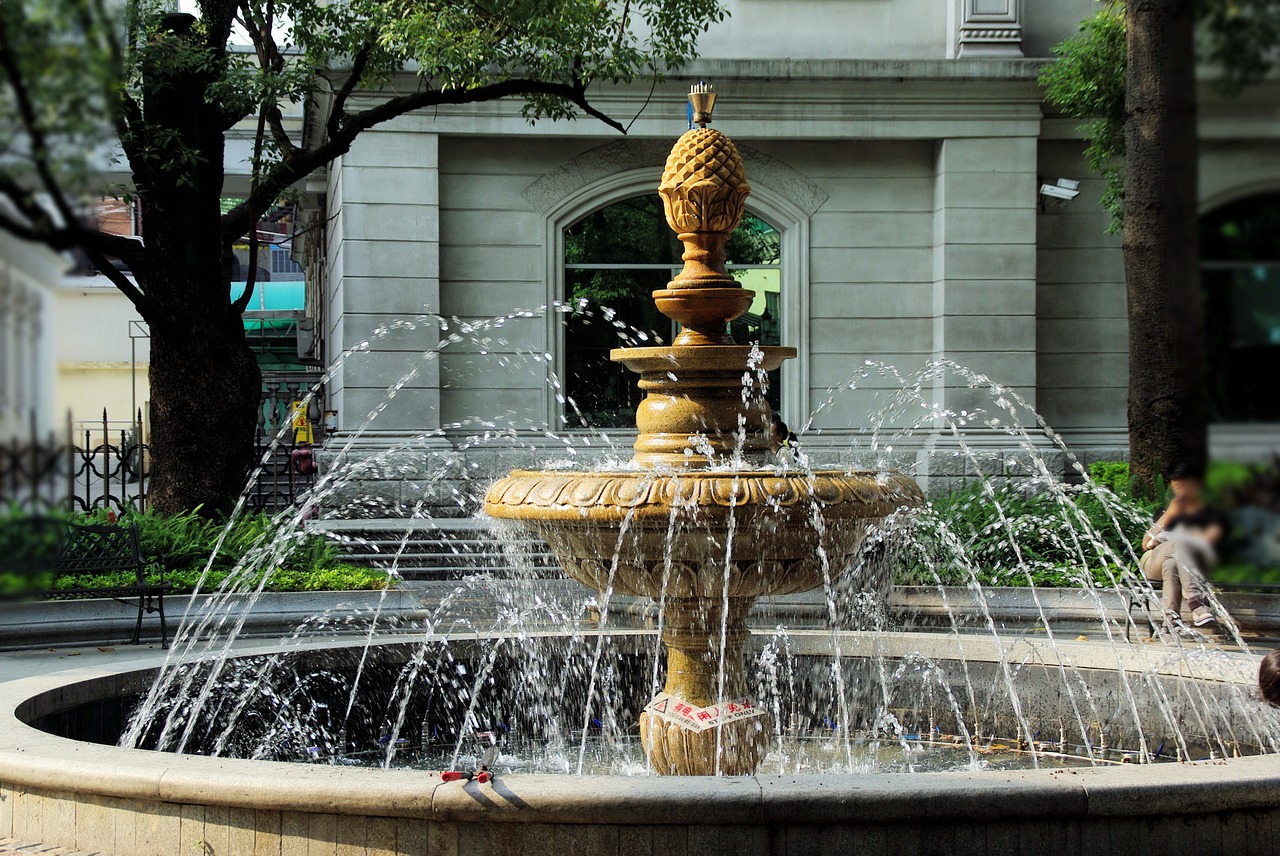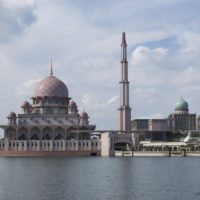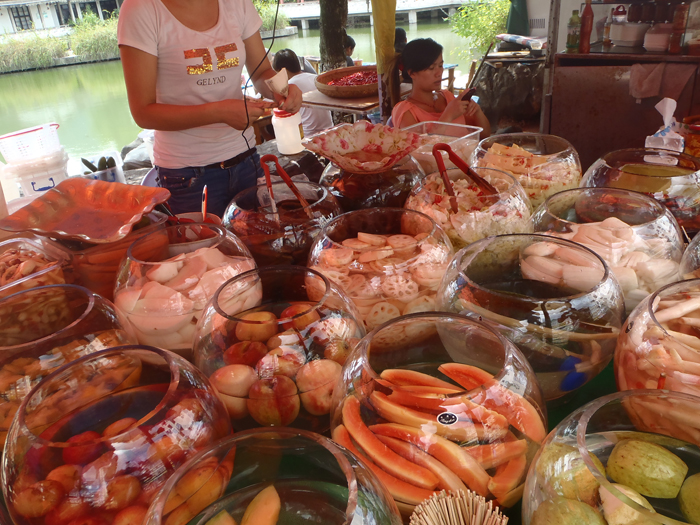Inside Guangzhou, China’s third largest city lies Shamian Island. Unexpectedly European and quiet, it finds a place in every wedding photo in the province.
(This article was first published in inflight magazine of Indigo Airlines)
Tall man-made waterfalls, ancient mosques and temples, beer museums and sky-scrapers aside, Guangzhou (erstwhile Canton) has its own piece of Europe a short distance away from its famous New Town. Quiet and car-free, this little island connected by bridges is full of former British and French buildings which, after a brief period of disrepair, have now been restored to their glory.
In Chinese, Shamian literally means “sandy surface” and was given to the French and British by the Qing government. The British dug a moat around the west bank and converted it into an island and built bridges connecting it with the mainland. An arch bridge named “Bridge of England” built in 1861 continues to attract photo enthusiasts.
Today, like every small European town, the island has cafés, restaurants and bars with outdoor seats dotting the tree-lined streets that helps the visitor soak up the atmosphere quietly.
A photographers’ paradise
Besides its multitude of dining options, Shamian Island is popular for another reason – people watching. Also, interestingly, you will be greeted by another sight – that of wedding, modeling or catalogue photo shoots! At any given time, easily expect at least forty models, couples or photographers clicking away. Local people believe that one wedding photo is like the other – because nearly everyone has the same “European” touch! It is easy to get distracted with the photoshoots and beautiful models, but that said, the island has plenty of green, lush gardens that are equally attractive and demand closer inspection.
Historic buildings abound
The island is surrounded by the Pearl River on one side and a canal on the other, but despite this, it gives off the feeling of being in another world.
Walk around Shamian Island to explore the number of incredible structures – old embassy buildings, cathedrals and churches. Lady of Lourdes Chapel, a big French cathedral built in 1892, is particularly fascinating. There is also the British Protestant Church, Christ Church Shameen (built in 1865) which makes for an interesting sight.
Curiously, there are plenty of bronze statues scattered around the island. They depict life in the area, past and present. For example, the statue of a small girl standing on tiptoe as she tries to reach the mailbox and another of a woman walking along with a violin with five children in tow are particularly captivating.
The more recent attractions include the Victory Hotel, the must see “lobby” of the White Swan Hotel and a Starbucks disguised as a fine colonial building.
The White SwanThis luxurious 37-storey hotel rises out of the manicured lawns of Shamian Island and is reachable via its own private, raised causeway constructed in time for Queen Elizabeth’s visit in 1986. It became famous as the final stop for American parents awaiting adoption of Chinese orphans children. It was also called the “happiest hotel” in the world at one time, thanks to the sounds of newly adopted happy feet pounding the luxurious lobby in squeaky shoes.
|
History of Shamian Island
This artificially created island was divided between British and the French in 1859. It housed embassies and played an important role during the first and second opium wars. Before it became an island, it also served as an important trading port during the Song Dynasty.
In the earlier days, the island was connected to the mainland by two bridges, which were closed at 10pm as a security measure. The bridges were guarded by Sikh and Vietnamese police officers. Over the years, trading companies from Europe, USA and Japan built stone mansions along the waterfront, many of them which can be seen even today. The island was the scene of fighting during the ‘June 23 incident’ in 1925.
After 1949, many of the mansions became government offices or apartment houses, while churches were turned into factories.
Today only the government of Poland has an embassy on the island.
While in Guangzhou –
- Dafo Temple:One of the most important places of worship, Dafo Temple is over a thousand years old.
- Beer Museum:Know about the Chinese system of making beer over five thousand years ago
- Canton Tower:For best views of the city, go up the 604m tall observation/TV tower
Food
Guangzhou takes it noodles seriously. Get a taste of Guangzhou’s famed Cantonese delicacies at the crossroads of Wenming Street and Dezheng Middle Street. Grandma’s Noodles are particularly famous for its quality egg noodles that “never break” even if it continued to boil till tomorrow!
The delicate flavours of Cantonese food are unique to Guangdong province.





